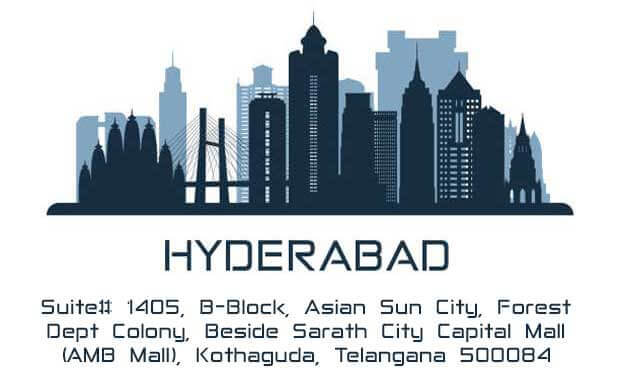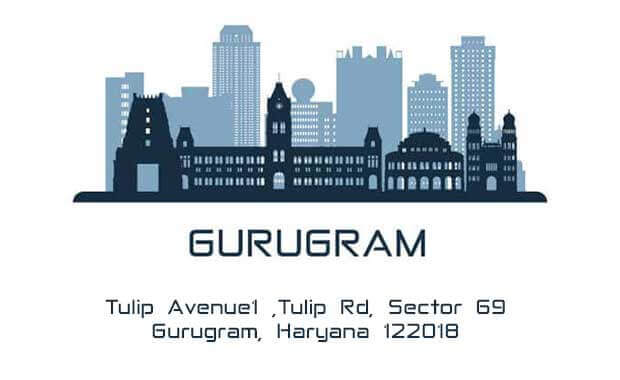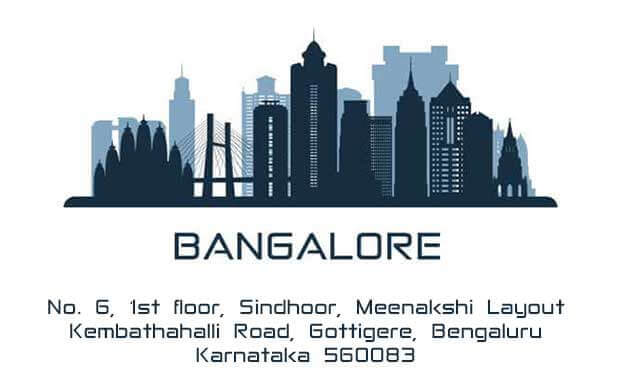What is a LAMP stack?
LAMP stands for Linux, Apache, MySQL, and PHP. To create websites and web applications, developers employ a LAMP stack, which is a collection of four distinct software tools. The acronym LAMP stands for Linux, an operating system; Apache, a web server; MySQL, a database server; and PHP, a programming language, which are the four components of the web server and database architecture. These four technologies are all open source, making them accessible to anybody who wants to use them and contribute to their upkeep. To build, host, and maintain web content, developers employ LAMP stacks. Many of the websites we use daily today are powered by this well-liked technology.
Why is a LAMP stack important?
The following factors influence web developers' decision to use a LAMP stack while creating web applications.
- Cost: Every LAMP technology is open source, so any developer or company can use it without having to pay a license fee. Instead of paying for the parts of a proprietary stack, you can obtain the operating system, web server, database, and scripting language free of charge. Web application development thus becomes more affordable.
- Efficiency: Thorough testing of various frameworks, modules, libraries, and tools is necessary before setting up a new web development stack. A LAMP stack, on the other hand, is a tried-and-true web development option. Prioritizing and accelerating application development allows web developers to concentrate on what they are producing rather than how they are building it.
- Maintenance: LAMP stack technologies are developed with the help of software specialists from all over the world who modify, comment on, and examine publicly accessible source codes. To ensure that the technologies are secure and up-to-date, they regularly maintain and update them.
- Support: A substantial international IT community supports well-known open-source technologies like LAMP stacks. As a result, users of the LAMP stack are able to find knowledge on public IT forums much faster. The open-source community has developed tested plugins that web developers can use or refer to example scripts for.
- Flexibility: Web developers benefit from the flexibility and dependability of a LAMP infrastructure. Although each layer's software components are listed in the LAMP architecture, developers are free to swap them out as they see fit. For instance, they may base the stack on a different operating system than Linux.
What is a LAMP stack used for?
For backend or server-side programming, a LAMP stack is utilized. Software that operates in a setting that is hidden from end users is referred to as a backend application. Backend software includes the following:
- Data processing software
- Database components
- Business logic in code
- API for communicating with other applications
The frontend application is the webpage that appears in your browser. Your browser contacts the backend program to retrieve the necessary data whenever you interact with the website, such as by clicking on a button. A LAMP stack is used by developers to produce both static and dynamic online content.
Static webpages
Every user receives the same static webpage information from the web server. The address on a company's website is an example of static content. Static webpages are created by web developers using HTML and CSS coding languages, and then they are saved as files in the web server application.
Dynamic webpages
Information on dynamic websites varies based on whether the user is accessing the website or a web application. Dynamic content is, for instance, a website message that adapts to your location. The web server processes business logic or retrieves data from a database to deliver dynamic websites.
What is the LAMP architecture?
A software stack is a collection of organized technologies, programming languages, libraries, and tools used to create, maintain, and run applications. The stack is made up of software elements, including visual presentation, databases, networking, and security, that assist the application in various ways.
Similarly, the LAMP architecture is made up of four software programs that collaborate invisibly to produce a functional web application. It describes the interactions between each of these web development tools on a computer server. Following are the layers of the LAMP architecture.
Linux
Linux is an open-source operating system that you can set up and customize to fit the needs of various applications. The first layer of the LAMP stack is where Linux resides, supporting the subsequent layers above it.
Apache
The second layer of the LAMP stack is made up of the free and open-source web server Apache. The HTTP internet protocol, which transfers website information into plain text, is used by the Apache module to communicate information with a browser and store website files. For instance, the Apache HTTP server performs the following when a browser requests a webpage:
- Receives the request
- Processes the request and finds the required page file
- Sends the relevant information back to the browser
MySQL
The third layer of the LAMP stack is the open-source relational database management system MySQL. In order to store, manage, and query data in relational databases, the LAMP model makes use of MySQL. Developers might save application data like sales, inventory, and customer details. The web server makes a query to the MySQL database when a user requests information. The term "query" describes specialized SQL language instructions for changing data in a relational database.
PHP
The LAMP stack's fourth and final layer is PHP, which stands for PHP: Hypertext Preprocessor. It is a language for scripting that enables dynamic operations on websites. Information in software that is always changing is part of a dynamic process. To display real-time or updated information on websites, web developers incorporate the PHP programming language into HTML. In order for the web server, database, and operating system to work together to process requests from browsers, they require PHP.
For frontend development, such as developing the layout of webpages, web developers employ HTML. As visitors load a webpage, they use PHP to decide how specific components will behave. For instance, HTML is used by web developers to create the graphical layout of an online product catalog. The most recent product pricing is then retrieved from the backend server using PHP code.
How does a LAMP stack work?
The LAMP stack is used by web applications to process requests from web browsers. PHP is used for communication between the Linux operating system's MySQL database and the Apache web server. The following is what the LAMP stack does when you open a webpage in a browser:
- Receives requests: The inbound request from the browser is handled by the Apache web server. When a request to load a static file is made, the Apache server immediately responds with the requested information. The Apache server sends the request to the PHP component if it is for dynamic content. The PHP component locates and loads the necessary PHP file in order to handle the request.
- Processes requests: The PHP file includes PHP functions, which are programs that are used to create dynamic content. The PHP component executes PHP functions, such as unit conversion or sales chart creation. There's a possibility that some PHP functions will need data from the database. In these circumstances, the PHP code accesses the stored data from the database to process the function.
- Returns responses: PHP delivers the HTML-formatted results of the calculations to the web server. Additionally, at the same time, it adds fresh data to the MySQL database. The user's browser receives the dynamic HTML results from the Apache HTTP server.
What are LAMP alternatives?
Backend development technologies that use different components than those included in the LAMP architecture are known as LAMP alternatives or LAMP variants. For instance, instead of using Apache, web developers can choose to utilize another web server to receive and handle requests from front-end applications. Alternatives to LAMP may make use of proprietary elements, such as legally obtained operating systems.
Although the LAMP stack's default scripting language is PHP, developers can also use Perl or Python.
Perl
For more than 30 years, Perl has been extensively utilized as a programming language. Because it integrates databases well and includes frameworks that aid in development, developers employ Perl for web development. The creation of applications is sped up considerably by the use of software tools called frameworks that include tried-and-true components.
Python
Python is a high-level programming language used to create a variety of software, including web applications. Python is a widely used language by developers to create websites due to its straightforward and simple nature.






